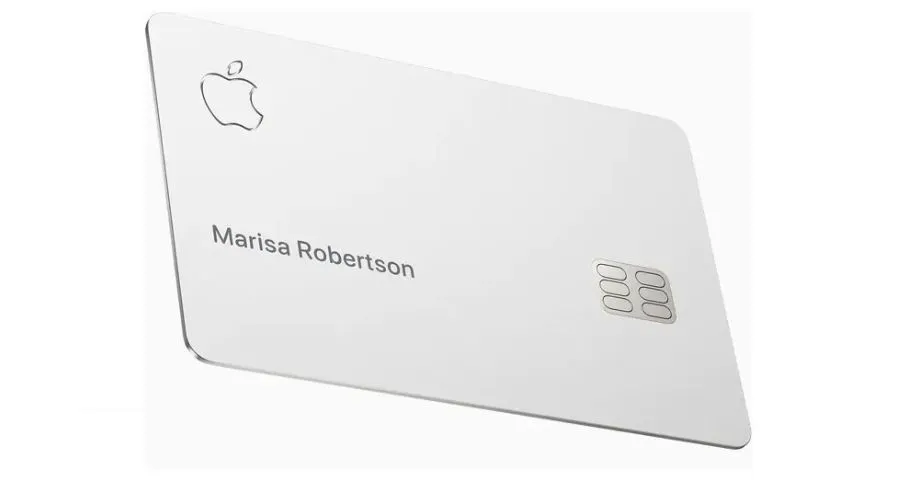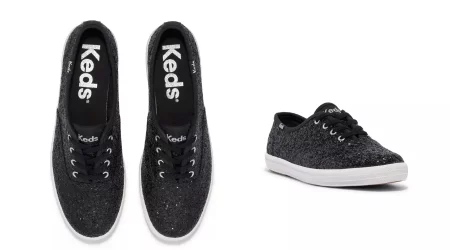In an era where plastic has dominated the realm of credit and debit cards for decades, a new player has entered the scene – the metal bank card. These sleek and stylish cards have gained popularity among discerning consumers, offering a unique blend of aesthetics, durability, and exclusivity. In this comprehensive guide, we’ll explore the different types of metal bank cards, their advantages, the banks that offer them, how to care for them, their security features, and whether a debit card can work with a chip cutout.
What are the different types of metal bank cards?
Metal bank cards come in various forms, each with its distinctive features and offerings.
1. Titanium Cards
Titanium cards are known for their durability and heft. They are often made from a blend of titanium and other metals, making them exceptionally resistant to wear and tear. The sleek appearance of titanium cards exudes a sense of luxury and exclusivity.
2. Stainless Steel Cards
Stainless steel cards combine aesthetics with durability. They are resistant to corrosion and offer a polished, metallic finish. Stainless steel cards are generally more affordable than titanium cards while still providing a premium look and feel.
3. Metal Alloy Cards
Some banks opt for metal alloy cards, which are a blend of various metals. These cards offer a balance between durability and cost-effectiveness. They may not be as heavy as titanium cards but still provide a premium touch.
4. Custom Designed Cards
Certain metal bank cards allow for customization, enabling cardholders to personalize their cards with unique designs, engravings, or even color options. This personal touch adds a layer of individuality to the card.
What are the advantages of having a metal bank card?
Why would you choose a metal bank card over a traditional plastic one? Here are some compelling advantages:
- Durability: Metal bank cards are built to last the tests of time. They are resistant to bending, cracking, and general wear and tear, ensuring that your card remains in excellent condition for years.
- Prestige: The weight and feel of a metal card convey a sense of prestige and exclusivity. Using one can make a statement and leave a lasting impression.
- Enhanced Security: Metal bank cards often come equipped with advanced security features, such as EMV chips, making them more secure against fraud and unauthorized transactions.
- Unique Aesthetics: Metal cards have a sleek and sophisticated appearance that sets them apart from traditional plastic cards.
- Customization Options: Certain metal card providers offer customization options, allowing you to personalize your card with your design, name, or even a signature.
Which banks offer metal bank cards?
Wondering which banks offer metal bank cards? While the availability may vary by region, here are a few notable institutions known for providing these premium cards:\
- Revolut: Revolut offers a metal card that comes with a host of exclusive benefits, including cashback rewards, travel insurance, and concierge service.
- Chase Sapphire Reserve: Chase offers the Sapphire Reserve card, which is made of stainless steel and provides travel rewards and premium perks.
- American Express Platinum: The American Express Platinum card is renowned for its metal construction and offers a range of travel and lifestyle benefits.
- Luxury Card: Luxury Card offers a suite of metal credit cards, including the Mastercard Gold Card, Mastercard Black Card, and Mastercard Titanium Card, each with unique benefits and rewards.
How do I care for my metal bank card?
To ensure that your metal bank card maintains its pristine appearance and functionality, consider the following tips:
- Keep it Clean: Regularly wipe your metal card with a soft, lint-free cloth to remove smudges and fingerprints. Avoid using harsh chemicals or abrasive items that can harm the finish.
- Store Securely: Keep your card in a protective sleeve or a dedicated cardholder to prevent scratches or contact with other objects that may cause damage.
- Protect the Chip: Handle your metal card with care to avoid any damage to the EMV chip. Damaged chips may lead to card malfunctions.
- Avoid Bending: Metal cards are more rigid than plastic ones. Avoid bending or flexing your card, as this can cause structural damage.
What are the security features of metal bank cards?
Metal bank cards typically come with robust security features to protect your finances and personal information:
- EMV Chip: All metal bank cards are equipped with EMV chips, which provide enhanced security against counterfeit card fraud.
- Contactless Payment: Many metal cards support contactless payment methods, such as NFC (Near Field Communication), for quick and secure transactions.
- PIN Protection: To further secure your card, set a personal identification number (PIN) that must be entered for certain transactions.
- Advanced Encryption: Transactions made with metal cards often benefit from advanced encryption protocols to safeguard your data.
Dealing with a Cut-Out Chip: Will a debit card work with the chip cut out?
If your metal bank card has a chip cut out, it may still work, but it’s not advisable to continue using it in this condition. Here’s what you should do:
- Contact Your Bank: Reach out to your bank or card issuer to report the damage and request a replacement card.
- Temporary Use: While waiting for the replacement card, you can continue to use your card for online and contactless transactions, but it may not work for chip-and-PIN transactions.
- Exercise Caution: Be mindful of the potential security risks associated with a damaged card, and monitor your account for any unusual activity.
Also Read – A Comprehensive Guide to Clover Insurance: Your Trusted Coverage Partner
Conclusion
Metal bank cards have emerged as a symbol of prestige, offering durability, security, and unique aesthetics. Several banks, including Revolut, Chase, American Express, and Luxury Card, offer these premium cards. To maintain your metal card’s pristine appearance, practice proper care and handle it with care. Additionally, be aware of the security features that protect your financial information. If your card’s chip is damaged, contact your bank for a replacement to ensure continued secure transactions. For more information, visit Savewithnerds.








